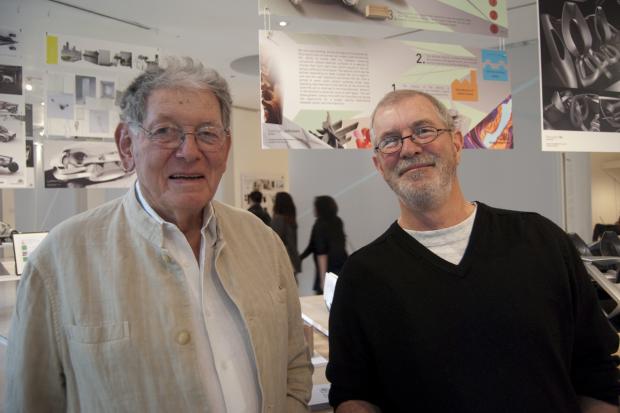
Each year, the Royal College of Art puts on a display of the final-year students' work, including those on the Vehicle Design course. Although we naturally tend to concentrate rather more on past models than future, I readily accepted an invitation from celebrated designer Tom Karen to go and have a look.
Karen's background is remarkable. Born into a wealthy family in Brno, Czechoslovakia, he inherited a keen interest in cars from his father and can recall seeing the Mercedes and Auto Unions racing at the Masaryk circuit. The Karens fled across Europe when the Germans invaded in 1939, eventually arriving in England in 1942.
Coincidentally, his flight to the UK took him from Lisbon to Bristol, landing at Whitchurch Airport – a location that I have written about before.
Karen studied aircraft engineering and worked in that area, before leaving to enrol in London's Central School of Arts and Crafts. He wasn't there long before Terence Beckett recruited him and a couple of others to Ford's Styling Studio.
"There was no training for car design at that time," he says. "People thought that 'styling' was merely superficial."
While he was at Ford, he was responsible for interior fittings such as instruments and dashboards, and worked on the 105E Anglia. After leaving in 1959, he joined Ogle Design, where he would really make his name. His work for Reliant included the Scimitar GTE, a model of which he remains intensely proud.

"It was a hugely influential car and is too often overlooked. At the time it was quite daring. No one did sporting estates. Only travelling salesmen and families had estate cars!"



